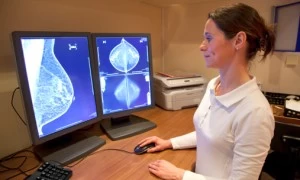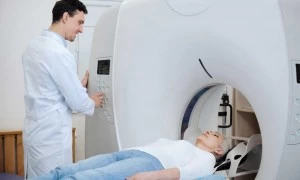Screening Recommendations
Many women are questioning if they should continue with yearly mammograms or if they should begin screening at other intervals.
The American College of Radiology (ACR), the Society for Breast Imaging (SBI) and the National Comprehensive Cancer Network (NCCN) continue to recommend screening mammograms starting at age 40 and continue yearly as long as a woman remains in good health. Midwest Radiology agrees with these recommendations.
American Cancer Society (ACS) guidelines recommend mammograms starting at 45 with yearly screenings until age 55. After age 55, the ACS recommends screening mammograms every other year for as long as a woman remains in good health. The ACS also recommends that women have the opportunity to begin screening mammography at age 40 and continue to have mammograms every year, if a woman so chooses.
Speak with your healthcare provider to discuss which screening interval is right for you. If you are at a higher risk for breast cancer, your health care provider may recommend a different screening schedule.
When making a decision on how often to get a mammogram, here are some things to consider:
- One in six breast cancers occur in women age 40-49
- 75% of women who are diagnosed with breast cancer have no family history of the disease and are not considered high risk
- Even for women age 50+, skipping a mammogram every other year would miss up to 30% of breast cancers
- Mammography has helped reduce breast cancer deaths in the U.S. by nearly 1/3 since 1990
- Mammography is still the best way to screen for breast cancer













































































